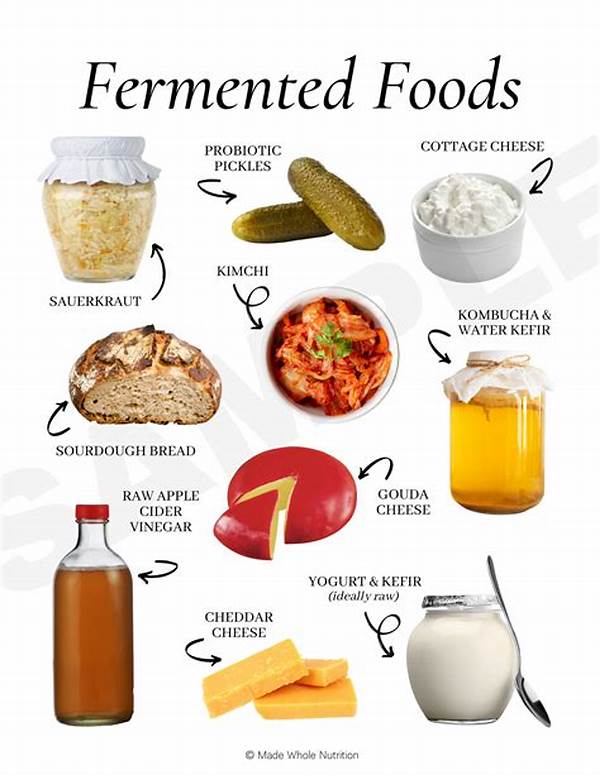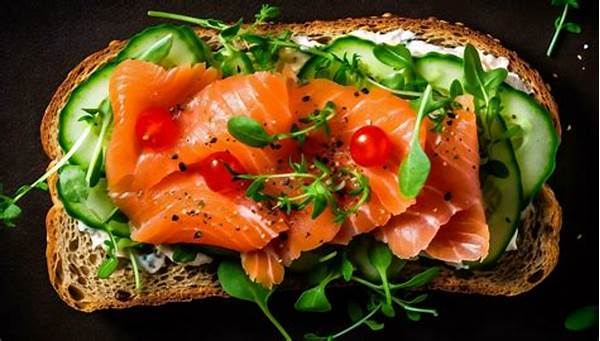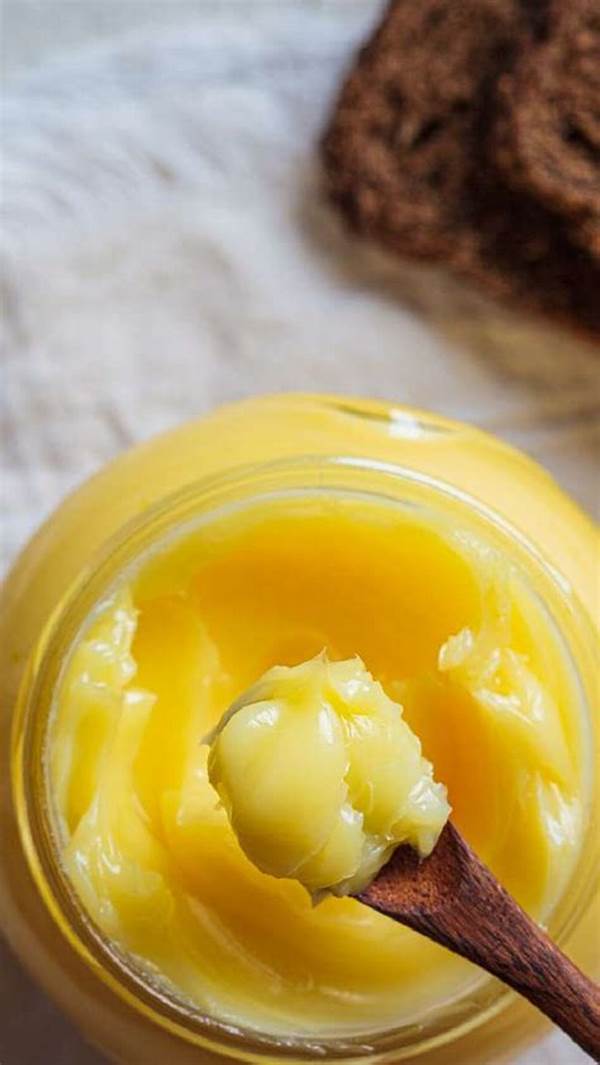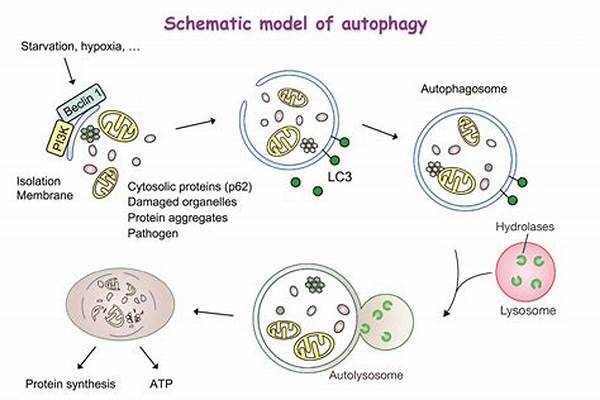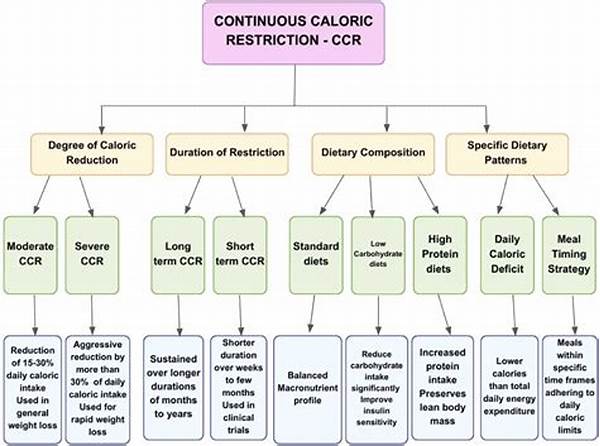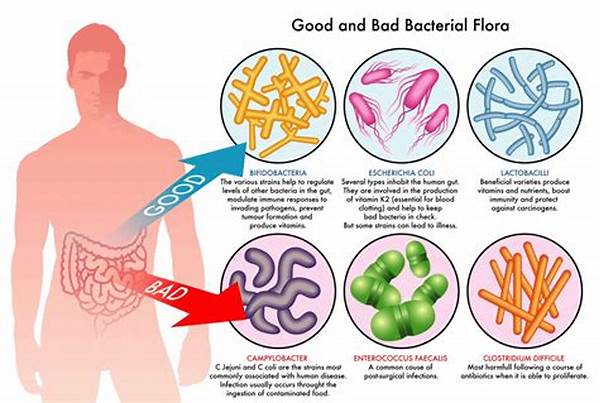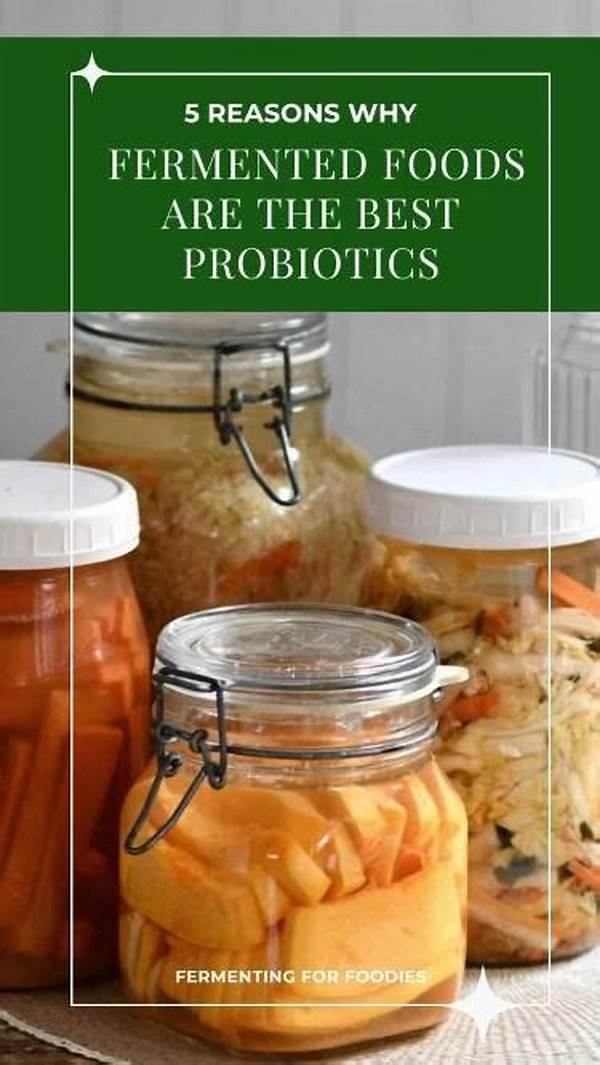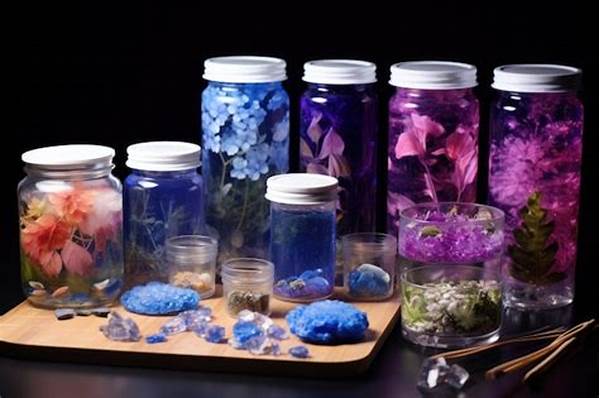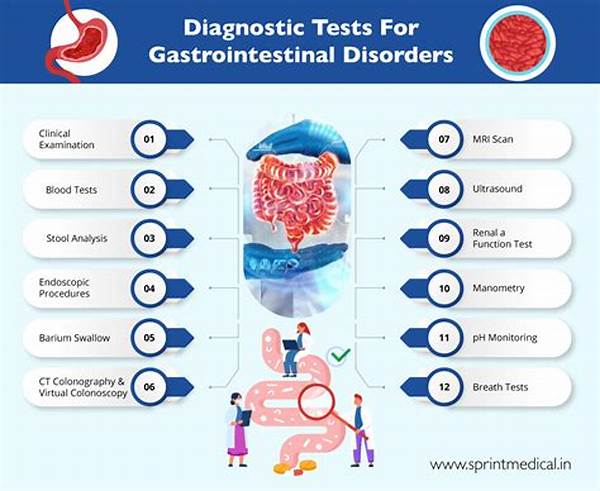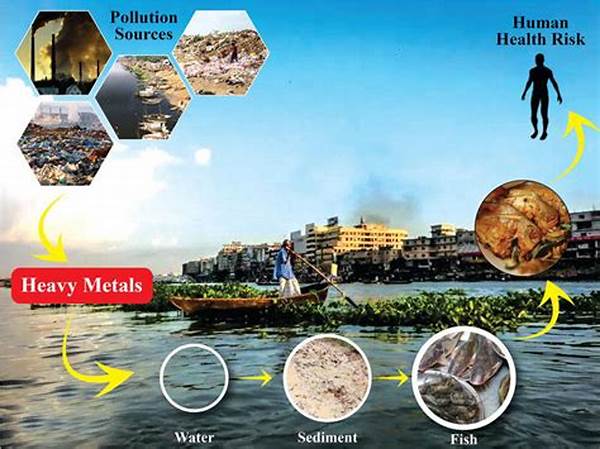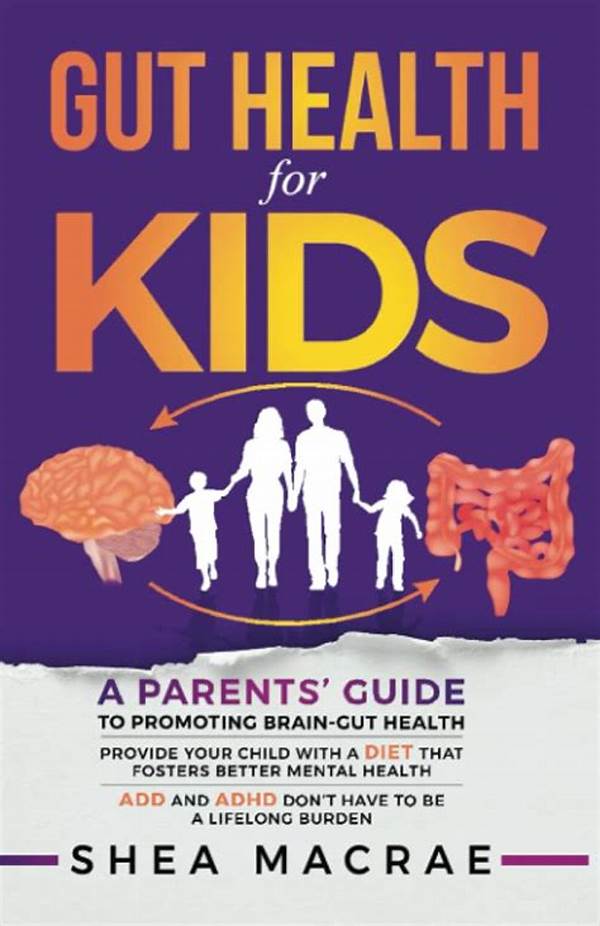Do Local Spices Kill Gut Bacteria? What Science Says
Read More : Diversity Jars Simple Kitchen Hack For A Healthier Gut
In a world where culinary arts meet health innovations, the intersection of local spices and gut health has spawned both interest and skepticism. Enter the realm of local spices—those piquant, aromatic ingredients that make dishes sing. They ignite emotions, spark memories, and now, it seems, are scrutinized under the scientific lens for their effects on gut bacteria. Imagine the prospect: these spices, which infuse dishes with life and color, could also be part of a daily health regimen. But wait—do local spices kill gut bacteria? What does science truly say about this spicy paradox?
The intriguing narrative unfolds with an array of global spices rubbing shoulders in a metaphorical spice market. Turmeric from India, beloved for its anti-inflammatory properties; cayenne pepper from South America, renowned for its fiery kick; and garlic, virtually a universal ingredient. Each brings a rich tapestry of flavor and potential health benefits to the table. Yet, lurking underneath these savory delights is a query that needs unraveling: could local spices negatively impact the microflora essential for our digestive systems?
The role of gut bacteria is indisputable; they support digestion, influence metabolism, and play a critical part in the body’s immune function. Understanding if and how local spices interact with these microorganisms could revolutionize our perspective on dietary habits. Ready to embark on this spicy journey? Let’s delve deeper as we explore the question, “Do local spices kill gut bacteria? What science says,” revealing the spicy truth hidden behind nature’s culinary gems.
Understanding Gut Bacteria and Local Spices
Local spices have long held the spotlight not just in kitchens around the world but also in medicinal practices. Centuries ago, these culinary wonders were as sought after as gold, with traders crossing seas and empires for a pinch of cinnamon or a pod of vanilla. Their flavors elevate our meals, but the true secret might lie beneath their aroma – in their interaction with gut bacteria.
Modern scientific studies suggest that while some spices may exhibit antibacterial properties, this is not necessarily detrimental to gut health. In fact, many spices appear to possess prebiotic compounds that actually foster a thriving gut microbiome by nurturing beneficial bacteria. The science reveals a dynamic relationship between spices and the gut, where certain spices stimulate growth in beneficial bacteria while inhibiting harmful strains, creating a balanced ecosystem.
The Science Behind the Spice
Recent investigations have shown that certain spices contain bioactive compounds that can act against pathogenic bacteria while promoting beneficial ones. For example, ginger oleoresin has been shown to inhibit harmful bacteria like E. coli while supporting Lactobacillus, a helpful gut bacterium. Similarly, oregano is rich in polyphenols, which have demonstrated antimicrobial effects without compromising the integrity of the gut flora. “Do local spices kill gut bacteria? What science says” is a question that uncovers the complexity and specificity of interactions within our gut microbiome.
Further analysis reveals that spices like turmeric contain curcumin, known for its anti-inflammatory and antioxidant properties, which can potentially streamline digestive functions and maintain the intestinal barrier. It’s a comforting revelation for spice lovers and health enthusiasts alike—embracing the aromatic allure of local spices might not only add zest to their meals but also bolster the delicate balance of their gut health. The culinary mystery is unraveled: local spices do not simply kill gut bacteria; their role is more nuanced and intimate.
Do Local Spices Enhance Gut Health?
Incorporating local spices into your diet could very well be a recipe for better gut health. Studies have highlighted that spices such as garlic, ginger, and cayenne pepper possess therapeutic properties capable of altering the gut microenvironment in favor of beneficial bacteria. So, if nothing else, adding a dash of these immune-boosting spices to your meals might just be the spice of life your health needs.
For those intrigued by the flavor and fascinated by science, it’s time to get spicy. Embrace a culinary world that blends tradition with scientific insight by appreciating what your kitchen cabinet holds—not just as ingredients but as allies in good health. After all, inquiring “Do local spices kill gut bacteria? What science says” invites us all to reevaluate what’s on our plates and what’s happening in our guts.
Summaries:
Description:
Exploring the intersection of local spices and gut health reveals a fascinating narrative filled with both scientific inquiry and culinary delight. Local spices, beyond their flavorful impact, pose intriguing questions about their effects on the gut microbiome. Scientific studies have shown that these spices do not simply kill gut bacteria but rather interact in complex and beneficial ways. Spices like turmeric and oregano impart health-supporting compounds that can prevent harmful bacterial growth while promoting beneficial ones. For the spice enthusiast, knowing that these beloved kitchen staples might enhance your gut health adds an exciting dimension to culinary exploration. The question, “Do local spices kill gut bacteria? What science says,” serves as a gateway into understanding how tradition and science coalesce to enhance well-being. By savoring these natural delights, we partake in an age-old tradition enriched with modern insights—proving once more that what’s good for the palate can also be valuable for health.
—Do Local Spices Kill Gut Bacteria? Delving into the Details
The world of spices is replete with aroma, flavor, and a dash of mystery. A culinary staple for centuries, local spices are revered not just for their ability to transform dishes but also for their supposed medicinal benefits. However, a pertinent question emerges: “Do local spices kill gut bacteria? What science says.” This inquiry invites both skepticism and curiosity, spurring an investigation into how these culinary wonders influence the microscopic residents of our digestive system.
Scientific endeavors have increasingly focused on uncovering the intricate dynamics between local spices and the gut microbiome. The gut, a bustling metropolis of bacteria, benefits from a harmonious microbial balance integral to health and well-being. While some fear spices may disturb this balance, studies suggest the contrary. Many spices harbor prebiotic potentials, enhancing the proliferation of beneficial bacteria and maintaining microbial equilibrium.
Spices: The Microbiome Architects
Spices like cinnamon and clove have been demonstrated in laboratory settings to combat pathogenic microbes without detriment to beneficial strains. Their roles as microbiome architects highlight their ability to support and sustain microbial diversity. Thus, spices stand not as antagonists but as potential allies in nurturing gut health through their bioactive components.
Spices’ vast repertoire contains molecules like eugenol in cloves and cinnamaldehyde in cinnamon, which have shown antimicrobial efficacy. However, these compounds target harmful pathogens, leaving the resident beneficial bacteria to thrive. This selective action underscores the nuance in spices’ interactions with gut bacteria and dispels the notion of them being mere microbial assassins.
Flavor and Function: The Spice Revelation
The synergy of culinary application and health potential positions local spices as unique contributors to human health. Embedding these flavor powerhouses into meals not only tantalizes taste buds but also serves as a strategic enhancement to dietary habits. Scientific evidence underscores the positive effects spices can have on gut microbial landscapes, elevating dishes from mere sustenance to vibrant wellness protocols.
Embracing an array of local spices can redefine dietary approaches while shattering misconceptions of their capacity to harm gut bacteria. Conversations around “Do local spices kill gut bacteria? What science says” open a portal to appreciating not just the culinary excellence of spices but also their health-enhancing properties, uniting gastronomy with biological understanding.
A Culinary Call to Action
For food enthusiasts and health aficionados alike, the revelation of spices as complex, gut-friendly ingredients signals an opportunity to revolutionize kitchens and health regimens. Tackling the question of spices and gut interaction unveils opportunities to broaden culinary horizons while reinforcing gut wellness.
So why not spice up your health journey? Incorporate vibrant flavors that dance on your palate and boost your gut’s resilience. Lean into the scientific evidence that champions spices as beneficial allies and start making informed flavor choices. Engaging with the question, “Do local spices kill gut bacteria? What science says,” propels us toward a culinary renaissance that marries flavor with science, turning meals into opportunities for enhanced health.
Key Points:
Content Description:
The intersection of local spices and gut health stirs interest as both a culinary and scientific exploration. While spices are cherished for their flavor, they also play a crucial role in gut microbial balance. Scientific research dispels the myth that local spices harm gut bacteria. Instead, spices like cinnamon and clove possess selective antimicrobial properties that inhibit harmful pathogens while promoting beneficial gut flora. Their prebiotic components and bioactive compounds present a dual advantage—enlivening dishes and enhancing health. Addressing the central question “Do local spices kill gut bacteria? What science says,” urges an embrace of the rich interplay between tradition and science. By incorporating these culinary gems into daily meals, one embarks on a flavorful health adventure that proves to be as beneficial as it is delicious. Rediscover the potential of your spice cabinet with newfound appreciation, knowing that nurturing your gut health can be as simple as savoring the spices you love.
—Unlocking the Spice Phenomenon: A Guide to Gut Health
Faced with the evolving narrative around diet and health, local spices have emerged as intriguing candidates in enhancing gut microbiome health. Places like India, renowned for swingy curries and punch-packed masalas, and the Mediterranean for its savory herbal infusions, champion the use of spices. However, understanding whether these spices help or harm gut bacteria is essential for incorporating them into a holistic dietary regimen.
Scientific studies dissect the impact spices have on the complex ecosystem within our digestive system, understanding that each person’s microbiome is unique. The diverse bioactive compounds in spices like black pepper’s piperine, ginger’s gingerol, and the capsaicin in chili peppers have been put under the microscope to explore their potential health effects. The question on everyone’s lips—”Do local spices kill gut bacteria? What science says”—spices a palatable curiosity ready to be satisfied with science-driven insight.
The harmonizing effect of spices extends beyond the culinary, potentially offsetting the dysbiosis—imbalance of gut bacteria—that arises from poor dietary habits and antibiotics. Indeed, connection with food reflects broader societal engagements, where exploration of local spices is emblematic of cultural exchange and scientific inquiry.
Spices and Gut Bacterial Symbiosis
The role of spices in gut bacterial symbiosis stands as an empowering aspect of dietary culture. Prehistorically associated with preservation and health amid absence of refrigeration, spices were a culinary coup blessed by their antimicrobial properties. This historical role echoes today as spices support a balanced gastrointestinal terrain by maintaining an environment where beneficial bacteria can flourish.
Culinary Adventures Await
For all the spices’ inherent complexity, they are remarkably accessible. In the bustling global kitchen, their versatility means they neither dictate a single culinary direction nor demand culinary dexterity but rather embolden cuisines from soups and stews to desserts. Edible adventures are within reach, compelling us to ask, “Do local spices kill gut bacteria? What science says” and fueling further exploration in the realm of taste and health.
To incorporate these spices into everyday meals is to indulge in a sensory feast while fostering health—a celebration of what nature has meticulously crafted over millennia. Moreover, enriching meals with spices opens portals, where each dish becomes a narrative intertwining history, culture, and body wisdom.
Harnessing the Powers of Spice
In our ongoing quest for improved dietary habits, engaging with spices offers a tangible pathway. Whether used for their purported antibacterial properties or simply their unparalleled ability to enhance flavors, they represent a fusion of past traditions with contemporary science. This blend allows us to experience the world on a plate—an experiment that has intrigued food lovers and researchers alike.
The rich narrative surrounding “Do local spices kill gut bacteria? What science says” illustrates that flavor and health aren’t mutually exclusive but are complementary facets of the human experience. Armed with this knowledge, spice lovers gain both culinary satisfaction and reassurance that their gut health is being nurtured by the very ingredients they cherish.
With stories old and new, spice both retains and reforms its intriguing presence amid the confluence of culinary artistry and scientific advancement. As we continue to balance the scales of knowledge and flavor, we find harmony on our plates—and in our guts—through these age-old, aromatic companions.
